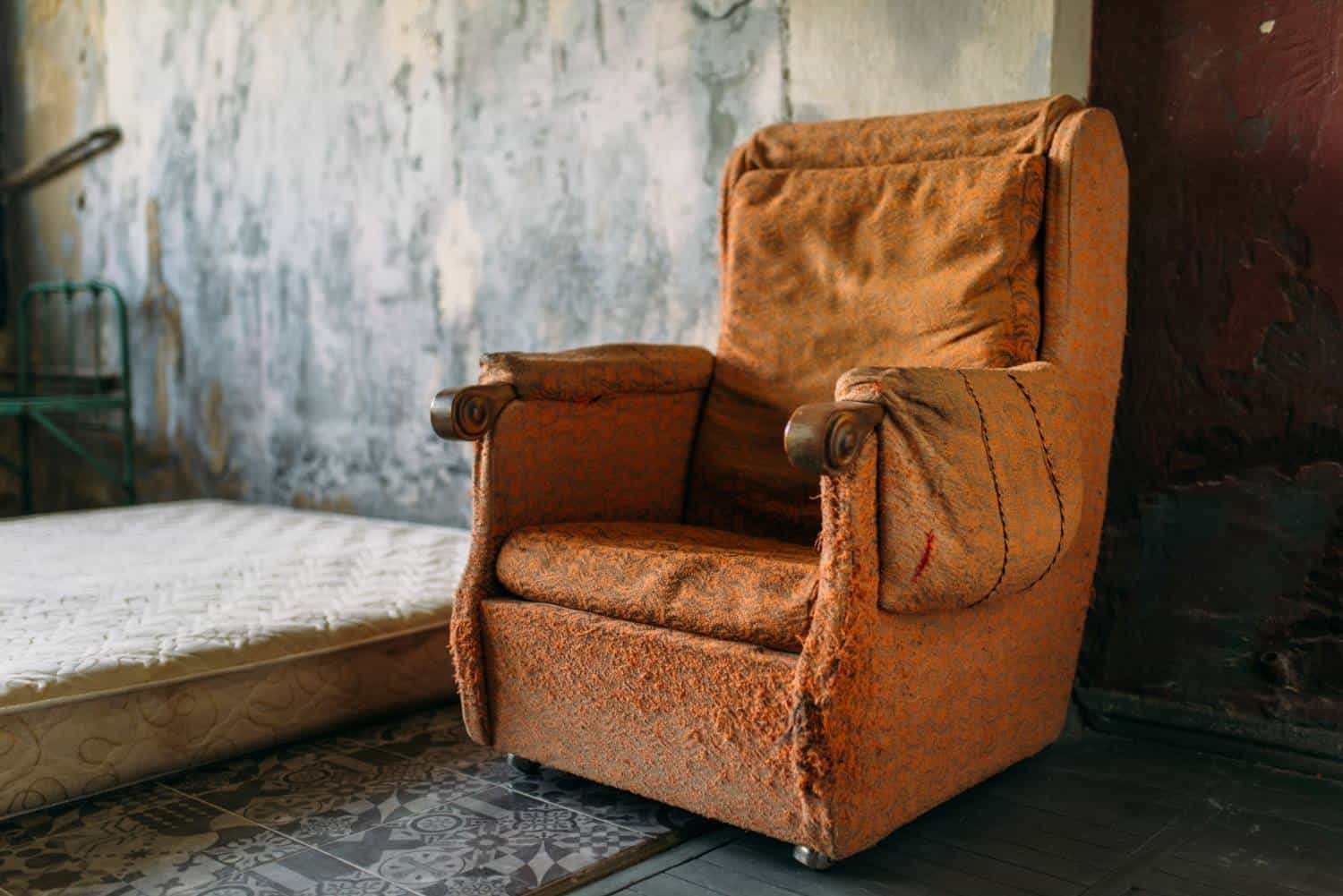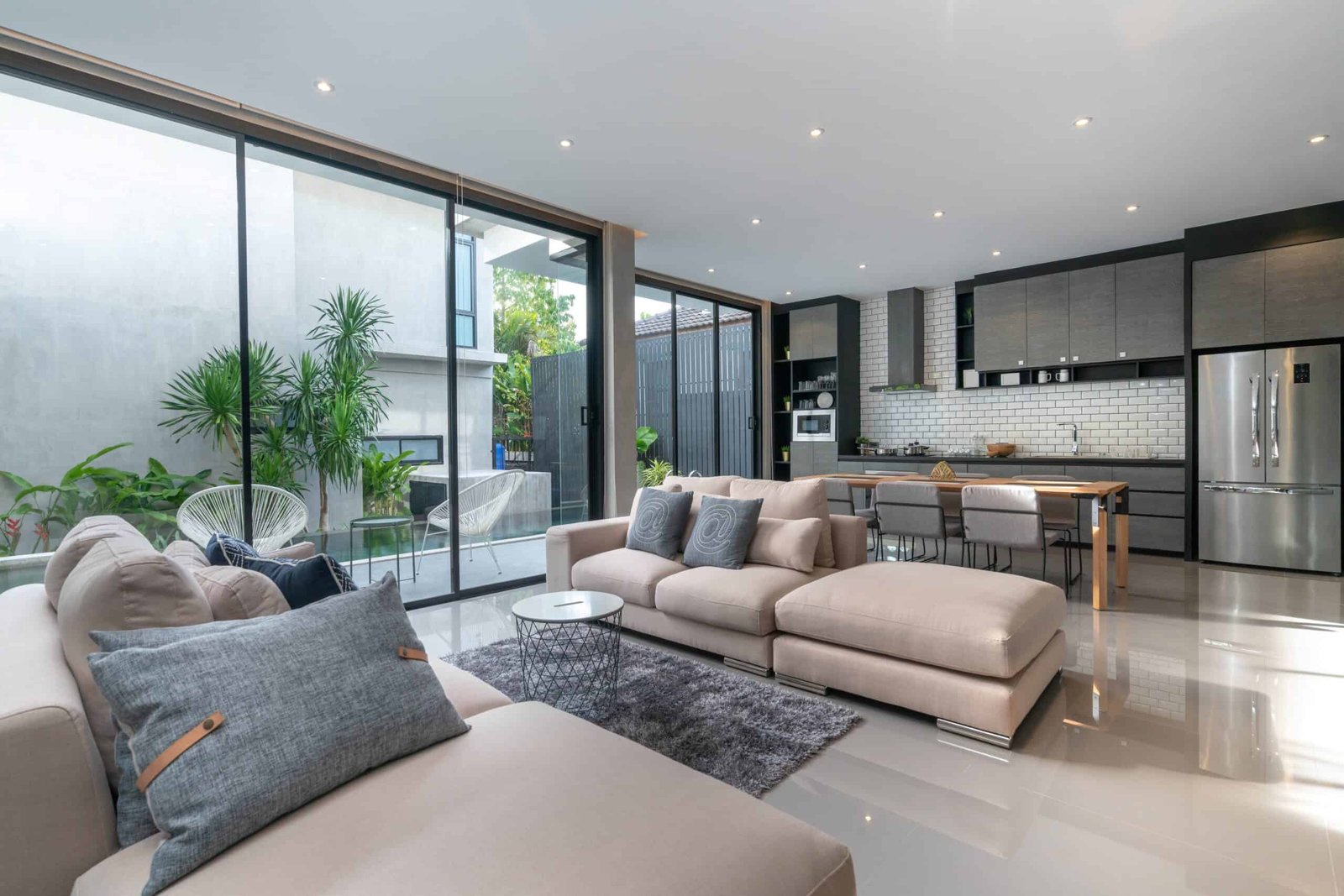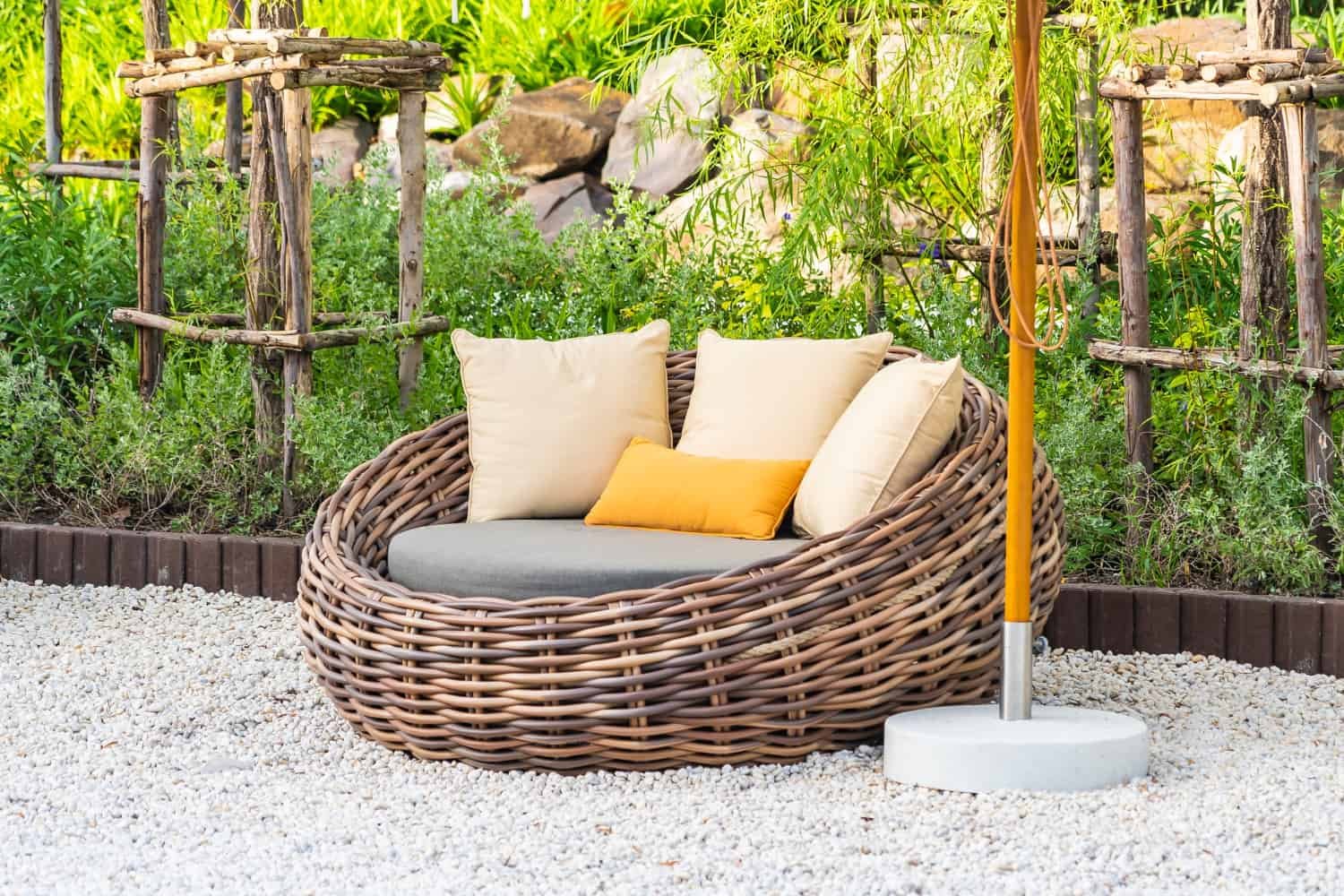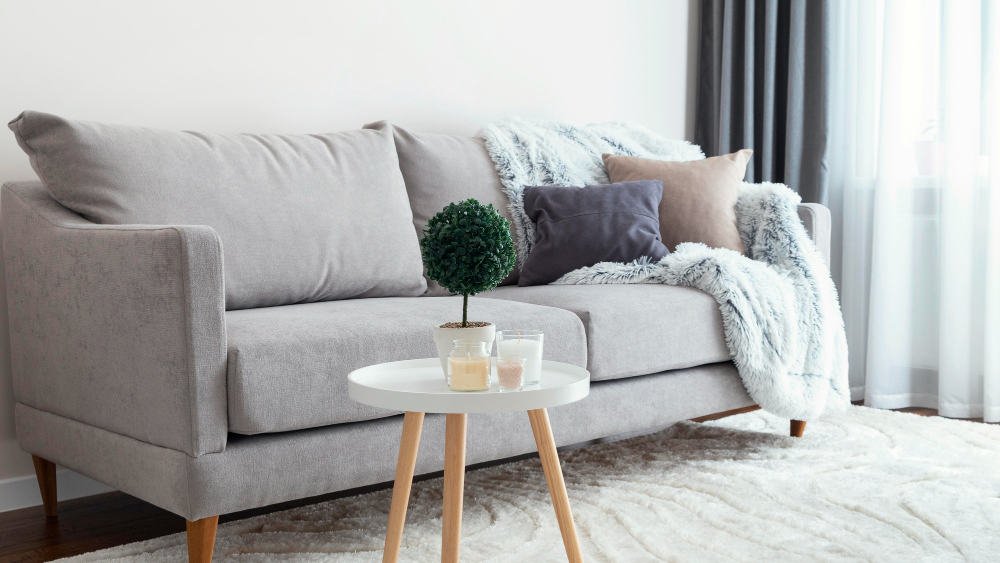
Disclaimer: As an Amazon Associate, “Furniture UK” earns from qualifying purchases.
Get ready to furnish your first home with style and confidence! Buying furniture can be an overwhelming experience, but it doesn’t have to be. In this article, we will reveal the 6 common mistakes every first-time home buyer makes when purchasing furniture and provide tips on how to avoid them.
So, let’s dive in and get you started on your furnishing journey! From overlooking the size and layout of your new home to getting carried away by the appearance of furniture, we’ll guide you through the do’s and don’ts of furniture shopping. Following our advice and sticking to your budget, you can create a beautiful and practical home that suits your lifestyle and taste.
Mistake 1: Buying Furniture Before Measuring the Space
One of the biggest mistakes first-time home buyers make when it comes to furniture is buying it before measuring the space. It’s easy to get excited about new furniture and forget to measure the room or area where it will be placed. This can lead to a lot of frustration and wasted time and money.
- Before buying any furniture, measuring the space/room where it will be placed is important. This includes measuring the length, width, and height of the room or area. It is also important to measure any doorways, hallways, or stairways that the furniture must pass through to reach its final destination. This will ensure that the furniture will fit properly and can be moved into the space without any issues.
- Another important consideration when measuring the space is to think about the placement of other furniture and accessories in the room. It’s important to leave enough space for traffic flow and ensure the furniture doesn’t overpower the room.
By measuring the space before buying furniture, first-time home buyers can avoid the frustration and expense of buying furniture that doesn’t fit or doesn’t work in the space. It’s a simple step that can save time and money in the long run.

Mistake 2: Not Considering the Lifestyle and Needs of the Household
When it comes to furniture, many first-time home buyers make the mistake of not considering the lifestyle and needs of their household. It’s easy to get caught up in the excitement of decorating your new home, but it’s essential to consider how you will use the furniture and your specific needs.
- For example, if you have young children or pets, you may want to avoid furniture with delicate fabrics or sharp edges. Instead, opt for pieces that are durable and easy to clean. If you frequently entertain guests, consider investing in a comfortable sofa or sectional that can accommodate multiple people.
- Another critical factor to consider is storage. If you have a lot of belongings or limited closet space, look for furniture with built-in storage solutions. This could include a bed frame with drawers underneath or a coffee table with hidden compartments.
- Finally, don’t forget to think about your style and preferences. While choosing functional and practical furniture is essential, it should also reflect your personality and make you feel at home. Take the time to browse different styles and colours and find pieces that you genuinely love.
Mistake 3: Focusing Too Much on Aesthetics Instead of Functionality
One of the most common mistakes that first-time home buyers make when it comes to furniture is focusing too much on aesthetics instead of functionality. While having a modern home is important, having furniture that serves a purpose is equally important.
- Catching up on the latest trends or the most stylish pieces is easy when shopping for furniture. However, it’s essential to consider how each piece will fit into your lifestyle and how it will be used daily. For example, a beautiful but uncomfortable sofa may look great in your living room, but it won’t be practical for chilling or watching Netflix.
- Another common mistake is buying furniture that is too delicate or fragile for your needs. While delicate pieces may look great in a showroom, they may not be practical for a home with kids or pets. It’s essential to consider the durability and sturdiness of each piece before making a purchase.
- Make sure to prioritize functionality and practicality when selecting furniture for your home. A beautiful but impractical piece of furniture may end up cluttering your space and causing more problems than it solves.
Mistake 4: Not Planning for Storage
When furnishing your new home, getting carried away with all the decor options is easy. However, one mistake many first-time home buyers make is not planning for storage. Without adequate storage space, your home can quickly become cluttered and disorganized.
- Before buying furniture, take the time to assess your storage needs. Consider how much wardrobe space you’ll need for your clothes, how many cabinets you’ll need in the kitchen, and where you’ll store linens and other household items.
- When choosing furniture, look for pieces that offer built-in storage solutions. For example, a bed with built-in drawers or a coffee table with hidden storage compartments can be a great way to maximize your space. You can also invest in decorative storage solutions, such as baskets or boxes, to keep clutter at bay.
Mistake 5: Not Investing in Quality Pieces
When furnishing your new home, opting for cheaper, lower-quality pieces can be tempting to save money. However, this can end up costing you more in the long run. Investing in quality furniture may require a higher upfront cost, but it can save you money and stress in the future.
- Low-quality furniture can break or wear out quickly, leading to the need for frequent replacements. Quality pieces, however, are built to last and can withstand wear and tear for years. This costs you more money in the long run and can also be a hassle to replace and dispose of furniture constantly.
- Additionally, quality furniture can add value to your home. If you ever decide to sell your home, potential buyers will appreciate well-made, durable pieces in good condition. Cheap, low-quality furniture can have the opposite effect, making your home appear less valuable and less appealing to buyers.
- When shopping for furniture, it’s important to prioritize quality over quantity. Instead of buying many cheap pieces, invest in a few high-quality items that will last. Look for pieces made with solid wood or high-quality materials, and pay attention to details like construction and finish.
6: Not Considering the Long-Term Costs of Furniture
When shopping for furniture, it’s important to consider the long-term costs before purchasing.
Here are a few things to keep in mind:
- Quality: Investing in high-quality furniture may cost more upfront, but it can save you money in the long run by lasting longer and requiring fewer repairs or replacements.
- Maintenance: Some furniture materials require more maintenance than others. For example, leather furniture may require conditioning and cleaning, while wood furniture may need to be polished or re-waxed. Consider the time and cost of maintenance when choosing furniture.
- Style: Trends come and go, and so do furniture styles. When choosing furniture, consider whether it’s a classic style that will stand the test of time or a trendy piece that may need to be replaced in a few years.
Considering these factors, you can decide which furniture pieces are worth investing in and which may cost you more in the long run.








